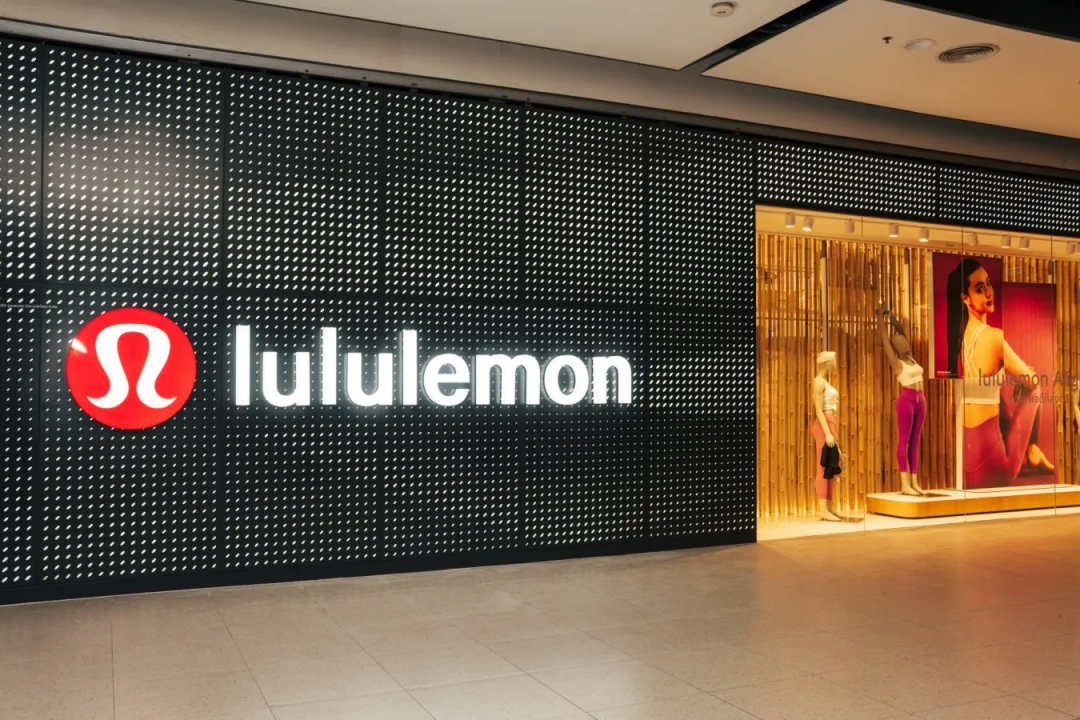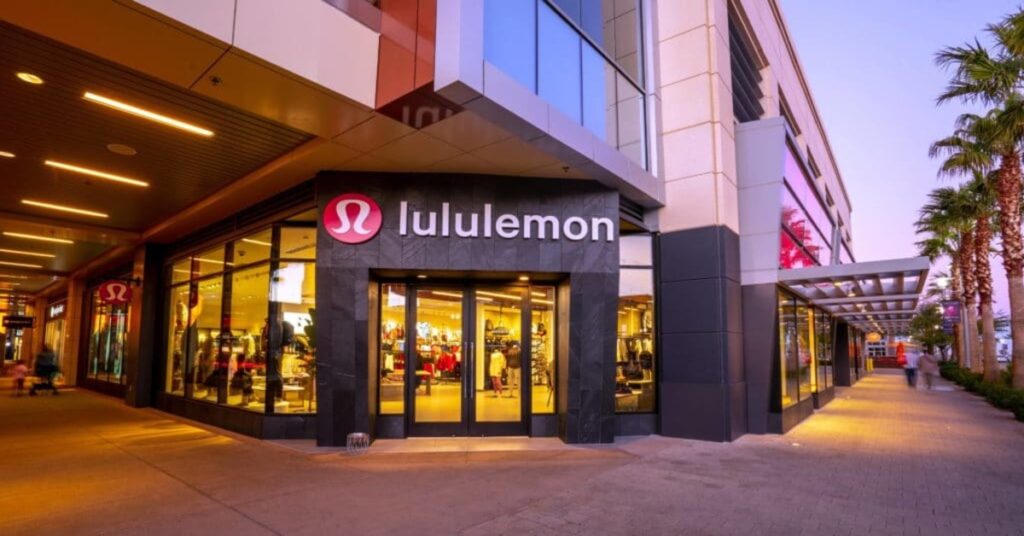With the Chinese sportswear market expected to touch $82.8 billion by 2024 at an annual growth rate of 11 percent, Canadian athleisure brands have emerged as a big hit in China. Arc’teryx, Lululemon, and Canada Goose are much vouched for.
Alex Kocun, vice president of sales and operations at Rudsak, a Montreal-based outdoor wear label, believes the natural beauty of Canada becomes a central element when projecting the Canadian brand in China.
“This association with stunning landscapes and climate fosters positive perceptions of Canadians as experts in outerwear. Winter sports, particularly skiing and snowboarding, seamlessly connect with Canada’s climate and topography. The country’s reputation for cold winters and snow-covered regions makes winter sports a natural choice for branding.”
Kocun highlighted that the perception of Canadian brands in China has been increasingly positive. “We’ve seen a growing demand for high-quality outerwear that combines both style and performance and is founded on expert craftsmanship, especially in ski and après-ski.”
Millennials and Gen Z are leading outdoor sports and fashion trends in China. Arc’teryx, a subsidiary of Finnish firm Amer Sports, posted a revenue of $941 million in the first nine months of 2023 – wherein a major chunk was China revenue at $452 million (43 percent of global revenue). Arc’teryx has 63 self-operated retail outlets across China and multiple China-based activations.
Premium label Canada Goose, renowned for its iconic fur-hooded black parkas, has also recorded great success in China. It recorded just over $2 billion in revenue in the fiscal year ending October 2023. Another Canadian brand Lululemon saw $794 million in the first three quarters of 2023 in China.
Robin Yates, vice president and founder at Nobis, said the perception of Canadian brands seems to focus on credibility and premium functional positioning. “The strong DNA of functionality is more welcomed by the market over fashionability as we are driving consumer awareness of technical apparel with other strong Canadian brands like Arc’teryx and Lululemon.”

He pointed out that they have had a presence on Tmall since 2021, and more recently in their joint venture with Ellassay Group. “The feedback from Chinese consumers has been positive. Magnetic closures, vent systems, detachable trims, multi-pocket systems, and home wash ability have all been embraced by the customer.” Yates added that localized campaigns have successfully engaged consumers.
Jacob Cooke, co-founder and CEO of WPIC Marketing and Technologies, believes Canada’s pristine, outdoorsy, and healthy image is driving the demand for Canadian products in China. “For example, Tim Hortons explicitly deploys Canadian imagery in their China brand. From our work with Canadian apparel, food, and nutraceuticals brands, it’s clear that when a connection to Canada is marketed as a selling point, it resonates with Chinese consumers.”
Also Read: ‘Yours for 200 Years’: Cadbury Celebrates 200th Anniversary




